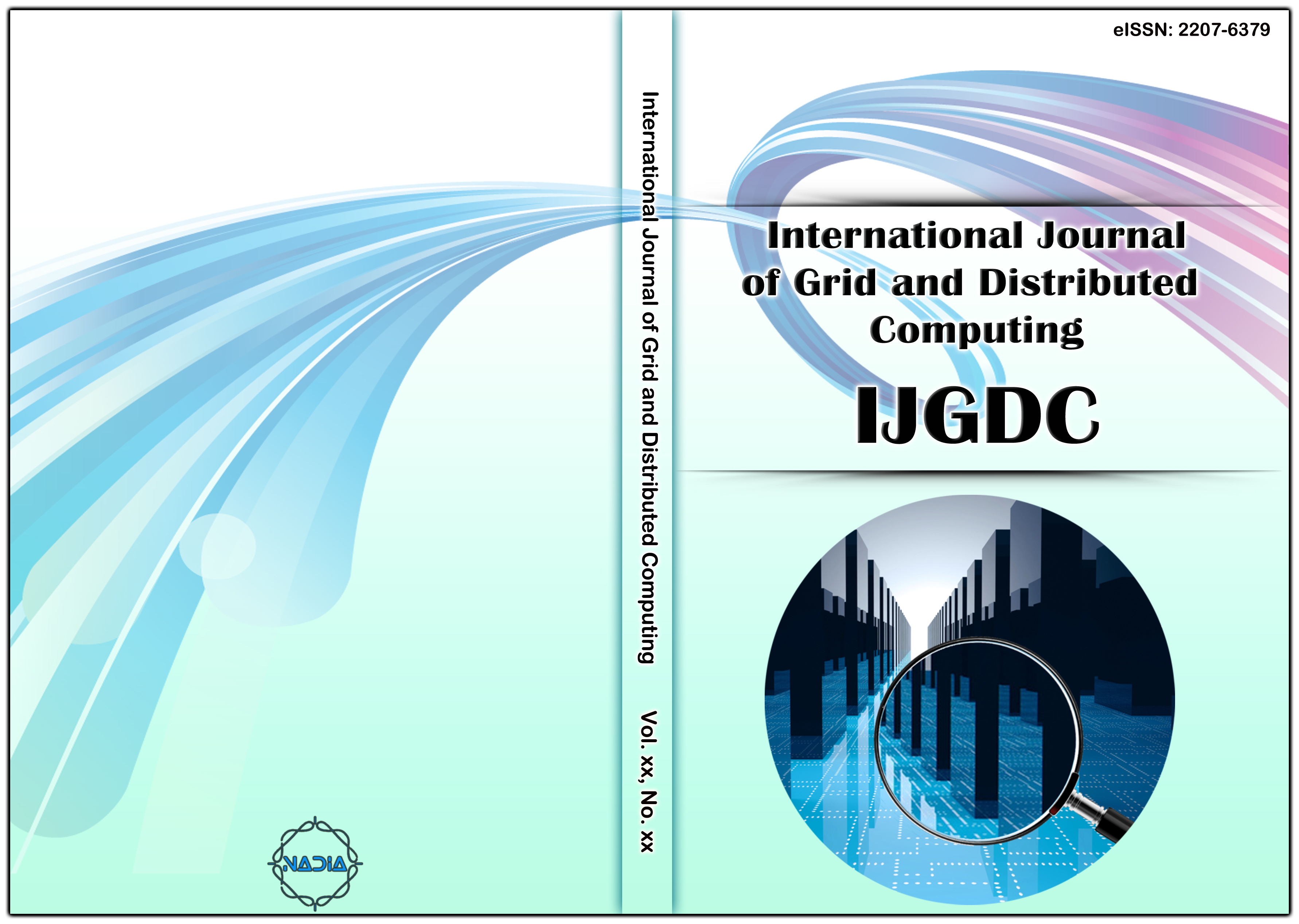[1] Faragher, John Mack. "Bungalow and Ranch House: The Architectural Backwash of California." Western Historical Quarterly 32.2 (2001): 149-173.
[2] G. O. Young, “Synthetic structure of industrial plastics (Book style with paper title and editor),” in Plastics, 2nd ed. vol. 3, J. Peters, Ed. New York: McGraw-Hill, 1964, pp. 15–64.
[3] Kevin Smith, Pedro Quelhas, Daniel Gatica-Perez, "Detecting Abandoned Luggage Items in a Public Space", IEEE Performance Evaluation of Tracking and Surveillance Workshop (PETS), New York, June 18, 2006, pp. 75-82.
[4] Wei Liu, Dragomir Anguelov, Dumitru Erhan, Christian Szegedy, Scott Reed, Cheng-Yang Fu, Alexander C. Berg, "SSD: Single Shot MultiBox Detector", European Conference on Computer Vision – ECCV 2016, Amsterdam, The Netherlands, October 11–14, 2016, pp. 21-37.
[5] J.R.R. Uijlings, K.E.A. van de Sande, T. Gevers, A.W.M. Smeulders, "Selective Search for Object Recognition", International Journal of Computer Vision, September 2013, Volume 104, No.2, pp. 154–171.
[6] Ren, S., He, K., Girshick, R., Sun, J, “Faster R-CNN: Towards real-time object detection with region proposal networks”, International Conference on Advances in Neural Information Processing Systems 28 (NIPS 2015).
[7] Redmon, J., Divvala, S., Girshick, R., Farhadi, A,” You only look once: Unified, real-time object detection”, IEEE Conference on Computer Vision and Pattern Recognition (CVPR), 2016.
[8] Ceshine Lee, A Tutorial on “Towardsdatascience.com/learning-note-single-shot-multibox-detector-with-pytorch-part-3-f0711caa65ad”, July, 2017. [Last accessed on 10-4-2019].
[9] Calvin Choy, May Chung, Gherry Harahap, Meriane Natadarma, Sin Lin Wu,” Surveillance System Using Abandoned Luggage Detection”, An UG Thesis submitted to Man-Machine Interaction Group, Faculty of EEMCS, Delft University of Technology, July, 2007.
[10] Clark, Don, J.P. Morgan,”Benefits from Chip Change", WSJ Digits Blog Retrieved September 14, 2011. [Last accessed on 10-4-2019].
[11] O. M. Parkhi, A. Vedaldi, A. Zisserman, “Deep Face Recognition”, British Machine Vision Conference, 2015.
[12] Face Recognition Database found at https://www.kairos.com/blog/60-facial-recognition-databases May 7, 2015. {Last accessed on 10-03-2019].
[13] Ihn-Sik, Weon, Soon-Geul, Lee, “Velocity-based object detection in dynamic environment using YOLO-based deep learning algorithm”, International Journal of Multimedia and Ubiquitous Engineering. Vol. 14. No. 1. May. 2019, GVPress. pp:7-12.http://dx.doi.org/10.21742/IJMUE.2019.14.1.02.
[14] Dongha Shin, Changbok Kim, “Short-Term Photovoltaic Power Generation Forecasting by Input-Output Structure of Weather Forecast Using Deep Learning” International Journal of Software Engineering and Its Applications. Vol. 12. No. 11. Jan. 2018.GVPress. pp:19-24.http://dx.doi.org/10.21742/IJSEIA.2018.12.11.02.
[15] Min-Ji Seo, Myung-Ho Kim, “Data Leakage Detection System based on Deep Learning”, International Journal of Reliable Information and Assurance. Vol. 4. No. 2. Dec. 2016.GVPress. pp:13-18.http://dx.doi.org/10.21742/IJRIA.2016.4.2.03.
[16] Dongyue Wang, Taegkeun Whangbo, “An Automatic Diagnostic Algorithm for Parkinson’s Disease Based on Deep Learning”, Asia-Pacific Journal of Neural Networks and Its Applications, Vol. 2. No. 2. Sep. 2018.GVPress. pp:13-18.http://dx.doi.org/10.21742/AJNNIA.2018.2.2.03.
[17] Tanuja P. Patgar and Shankaraiah, "The Impact of Hybrid Data Fusion Based on Probabilistic Detection Identification Model for Intelligent Rail Communication Highway", International Journal of Sensor and Its Applications for Control Systems, SERSC Australia, ISSN: 2287-8467 (Print); 2207-6344 (Online), vol.4, no.2, November (2016), pp. 9-20, http://dx.doi.org/10.14257/ijsacs.2016.4.2.02.
[18] DongYue Wang and TaegKeun Whangbo, "Automatic Diagnostic System for Parkinson’s Disease Based on Deep Learning using Midbrain Magnetic Resonance Images", International Journal of Advanced Science and Technology, NADIA, ISSN: 2005-4238 (Print); 2207-6360 (Online), vol. 124, March (2019), (pp. 1-20), http://dx.doi.org/10.33832/ijast.2019.124.01.
[19] Li Wang, Zhikai Zhao and Xuefeng Wu, "A Deep Learning Approach to the Classification of 3D Models under BIM Environment", International Journal of Control and Automation, SERSC Australia, ISSN: 2005-4297 (Print); 2207-6387 (Online), vol. 9, no. 7, July (2016), pp.179-188, http://dx.doi.org/10.14257/ijca.2016.9.7.17.
[20] J. Anitha, N. Thirupathi Rao, Debnath Bhattacharyya and Tai-hoon Kim, "An Approach for Summarizing Hindi Text using Restricted Boltzmann Machine in Deep Learning", International Journal of Grid and Distributed Computing, SERSC Australia, ISSN: 2005-4262 (Print); 2207-6379 (Online), vol.10, no.11, November (2017), pp. 99-108, http://dx.doi.org/10.14257/ijgdc.2017.10.11.09.
[21] Zheng Li, "Security Detection of Building Structure Based on Sparse Encoding Deep Learning Algorithm", International Journal of Security and Its Applications, SERSC Australia, ISSN: 1738-9976 (Print); 2207-9629 (Online), vol.10, no.12, December (2016), pp. 129-140, http://dx.doi.org/10.14257/ijsia.2016.10.12.11.
[22] Jianzheng Liu, Xiaojing Wang, Jucheng Yang, Chao Wu and Lijun Liu, "Face Expression Recognition Based on Motion Templates and 4-layer Deep Learning Neural Network", International Journal of Signal Processing, Image Processing and Pattern Recognition, SERSC Australia, ISSN: 2005-4254 (Print); 2207-970X (Online), vol.8, no.12, December (2015), pp. 323-334, http://dx.doi.org/10.14257/ijsip.2015.8.12.30.
[23] Yuyu Yin, Lu Chen, Yueshen Xu, Jian Wan, He Zhang, Zhida Mai. QoS Prediction for Service Recommendation with Deep Feature Learning in Edge Computing Environment. Mobile Networks and Applications. 2019. https://doi.org/10.1007/s11036-019-01241-7.
[24] Yu, Jun; Zhang, Baopeng; Kuang, Zhengzhong; Lin, Dan; Fan, Jianping.: iPrivacy: Image Privacy Protection by Identifying Sensitive Objects via Deep Multi-Task Learning. IEEE TRANSACTIONS ON INFORMATION FORENSICS AND SECURITY, 2017, 12(5): 1005-1016.
[25] Ruxia Sun, Lingfeng Shi, Chunyong Yin, Jin Wang, An Improved Method in Deep Packet Inspection Based on Regular Expression, Journal of Supercomputing, vol.75, no.6, pp.3317-3333, June 2019.
